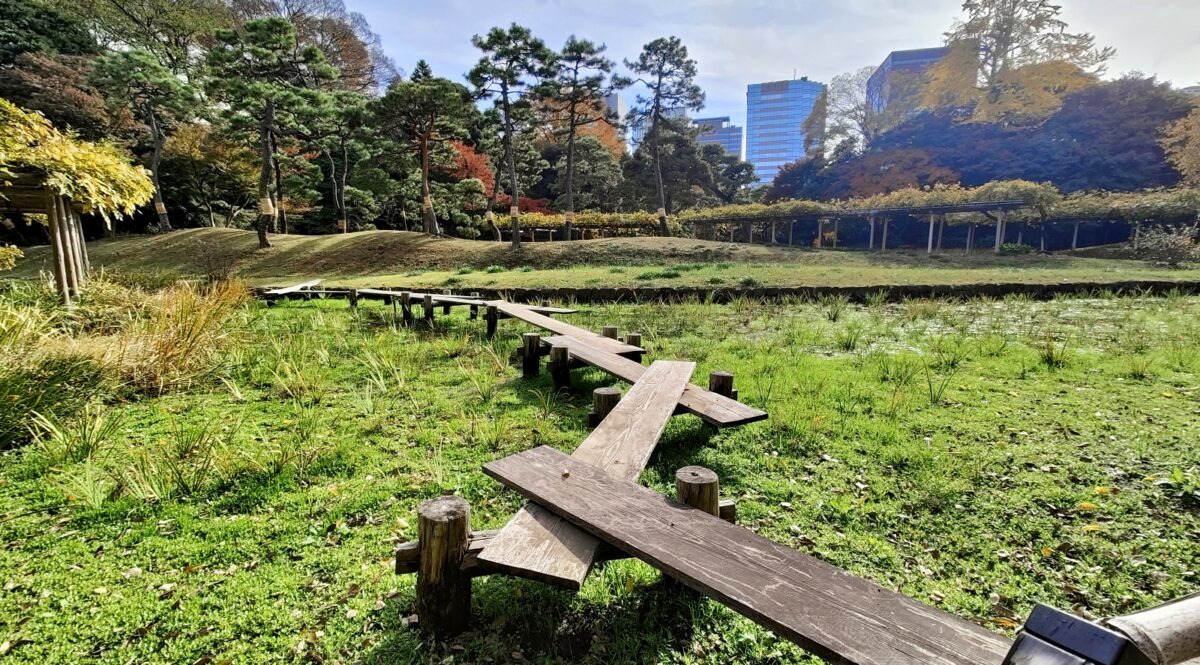This is an article I wrote for LinkedIn in December 2022, published here for posterity.
In January 2020, as I was relaxing in Okinawa following a business trip to Tokyo, I had no idea that this visit to Japan would be the last one for nearly three years. I had no idea that a pandemic had already started and that borders across the globe, not just Japan’s, were shortly going to be walled shut. When I learned in late summer 2022 that restrictions were being lifted and that Japan was once again open to tourists, I was overjoyed and booked a flight at my earliest opportunity.
Having just come back, many friends asked to hear about my experiences. In particular, several asked about the remaining pandemic-related restrictions – or lack of same. Japan remains a highly attractive destination but spending the money and time to go to a far away country only to find the visit diminished by the kind of restrictions on normal life we’ve now mostly left behind us makes for an uncomfortable prospect when planning a holiday.
I wanted to share a few paragraphs about my own experience and observations in case someone finds them helpful. To be clear, this is not a treatise, and the purpose is not to argue the (non-)effectiveness of any particular means of limiting the spread of infectious diseases, or to argue for or against its implementation. I’m merely sharing my own learnings for you to do with as you please.
Preparing for my departure to Japan, I was provided with a website where I could provide information relating to customs, migration and vaccination status. In effectiveness that I daresay would put most other border control authorities to shame, I received confirmation within hours that I had qualified for the “fast track” – which requires one to either be vaccinated (including a booster shot) or to submit a fresh PCR test. The digital EU vaccination document was readily accepted as proof of the former.
Upon arrival I showed the border control agents the QR codes provided by the website and was expediently whisked through – the process barely took 10 minutes in total, most of it walking. Haneda airport provides free Wi-Fi so in the event that I had forgotten to save the codes, I could have accessed the website from there. Paper forms were also offered as a fallback.
The airport staff gave me a pamphlet outlining the Japanese government’s instructions for tourists to help prevent the spread of COVID-19: Wearing a face mask when indoors and having a conversation with someone at a short distance, avoiding extremely crowded situations and places, and staying at home when feeling unwell. Perfectly reasonable guidance which seems to align well with our current best understanding of how and where the virus is likely to spread.
To my surprise the instructions in the pamphlet turned out to have very little to do with how people in Japan actually behaved, from locals to tourists. In practice, face mask wearing was almost ubiquitous outdoors and indoors, but generally taken off once seated in any eating or drinking establishment, no matter how densely packed, and often among people having a conversation. In public baths (sento/onsen), they were not used at all. Acrylic dividers between tables or seats were often available, but frequently removed as well. Tokyo’s crowds were as intense as ever, and social distancing (2020’s kanji of the year!) appeared all but forgotten, particularly on public transport.
Masks worn were mostly the inexpensive, disposable non-woven variety that does not fit tightly around the face, as well as more snug-fitting and aesthetically pleasing models. N95 masks or the similar FFP2 filtering masks that were mandatory in some European countries for a while were rare, as were reusable cloth masks – but all were easy to find in stores, as was the case even before the pandemic. I did not see any particular guidance around the type of mask to wear, and mine (a washable multi-layer “AIRism” mask from UNIQLO) was never commented or inquired upon.
Hand disinfection stations were ubiquitous in virtually every building, and some places would check body temperature (using a simple IR camera) on entry, but COVID-19 vaccination or test certificates were neither requested nor required anywhere I visited. It seems as though the hospitality industry in Japan somehow made it through the lockdown mostly intact, as I found hotels, tourist spots and activities operating seemingly as normal, without any obvious limitations. A few places were running with shorter operating hours, partially attributable to the autumn season.
In summary, I was pleased to find Japan very much as I left it. I’m sure there are things of lesser impact that I missed, but nothing to distract from what’s essential. Someone considering a trip should naturally keep abreast with the latest news and guidance, but assuming things remain more or less as they are, there is nothing that would inhibit or limit one’s enjoyment of a holiday to this amazing country. I myself hope to visit again very soon.
